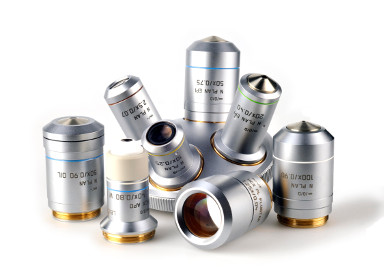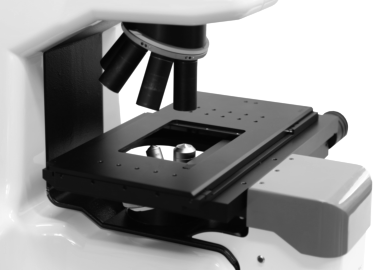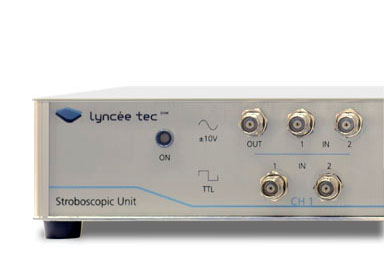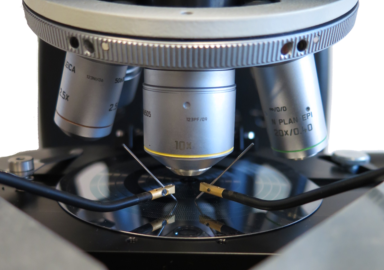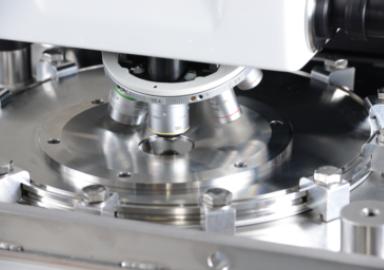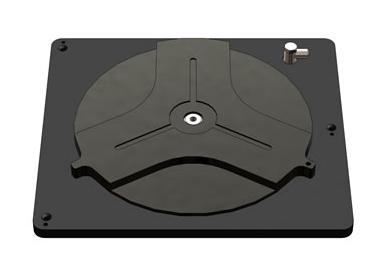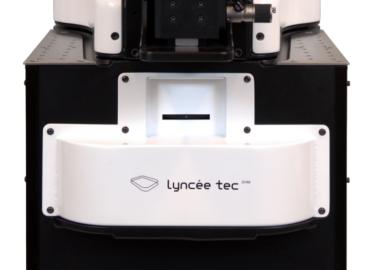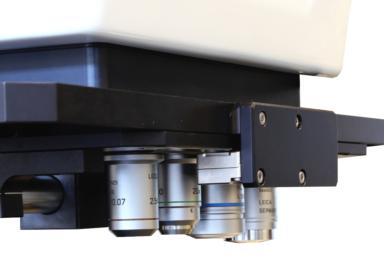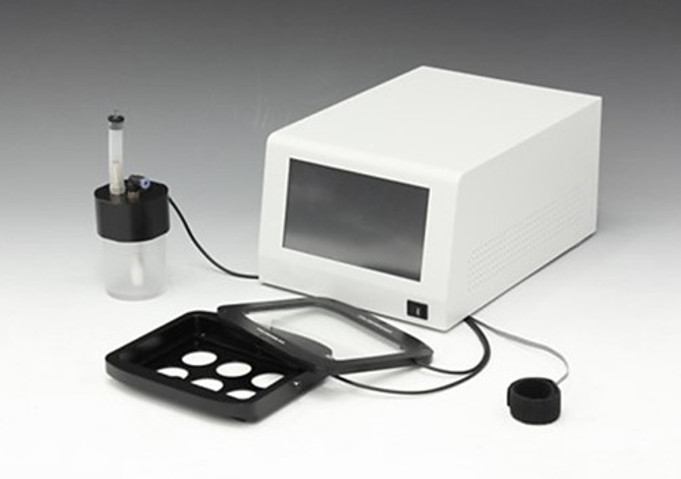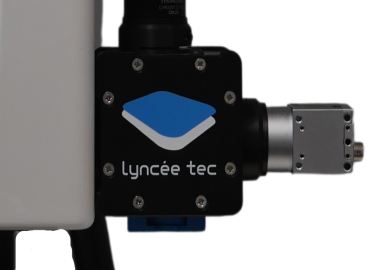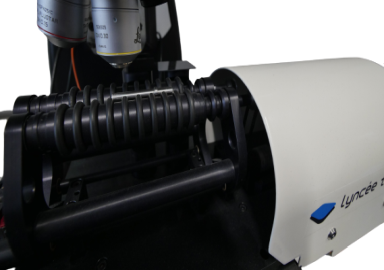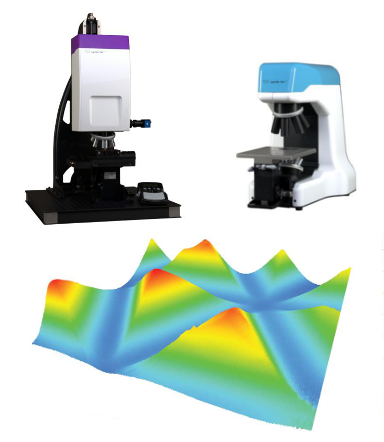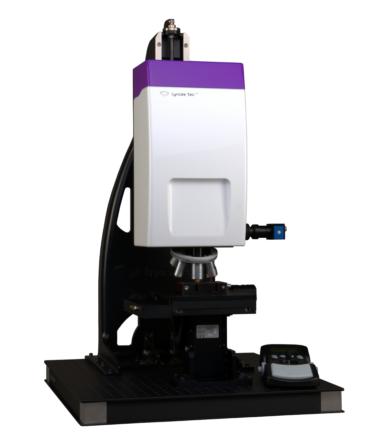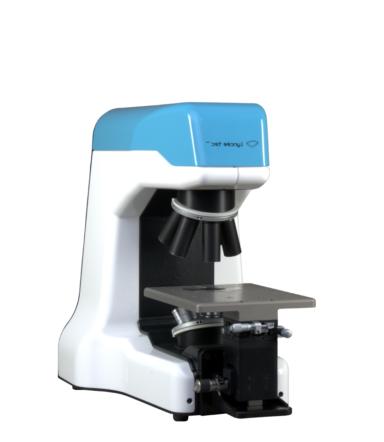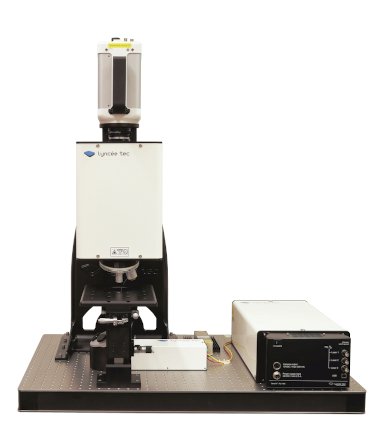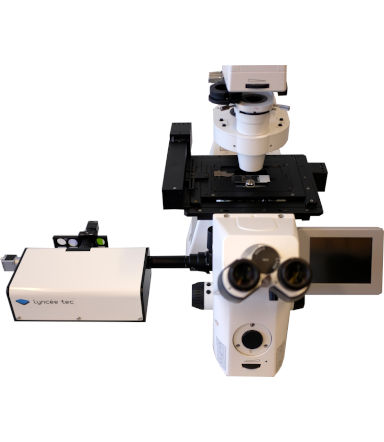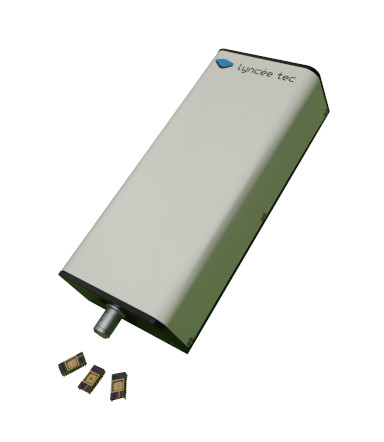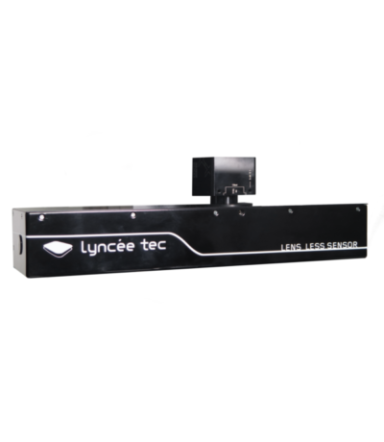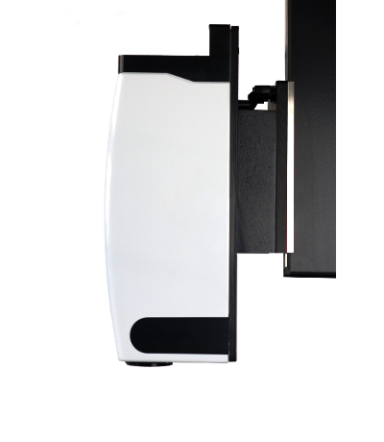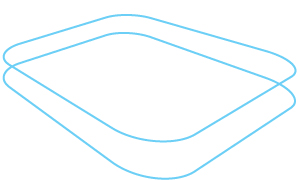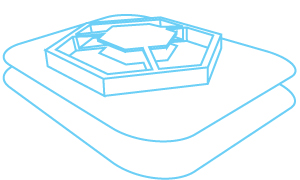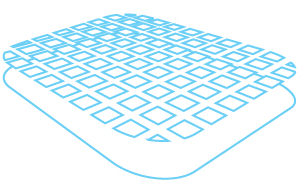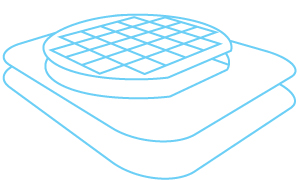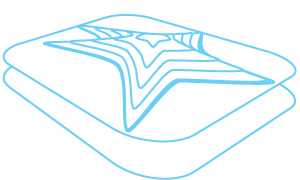Fluorescence Module
Fluorescence Module
Used in conjunction with Transmission DHM® the fluorescence module by Lyncée Tec provides simultaneous real time quantitative phase measurements and videos of epifluorescence characterization on a single platform, through the same objective lens. It enables to compare High Content Screening DHM® measurements with reference fluorescence assays, or for single cell analysis after segmentation.
The fluorescence module is a plug and play module to be placed underneath the microscope. Various fluorescence light sources and cameras can be mounted on it depending of your requirements in term of fluorescence imaging.
Specifically designed interference filters enable to operate simultaneously both systems without any parasitic light between the DHM® and the fluorescence system.
A filter wheel for up to 5 cubes enables to select and separate the excitation and the emission wavelength. An optional slider with density filters enables to minimize the risk of phototoxicity.
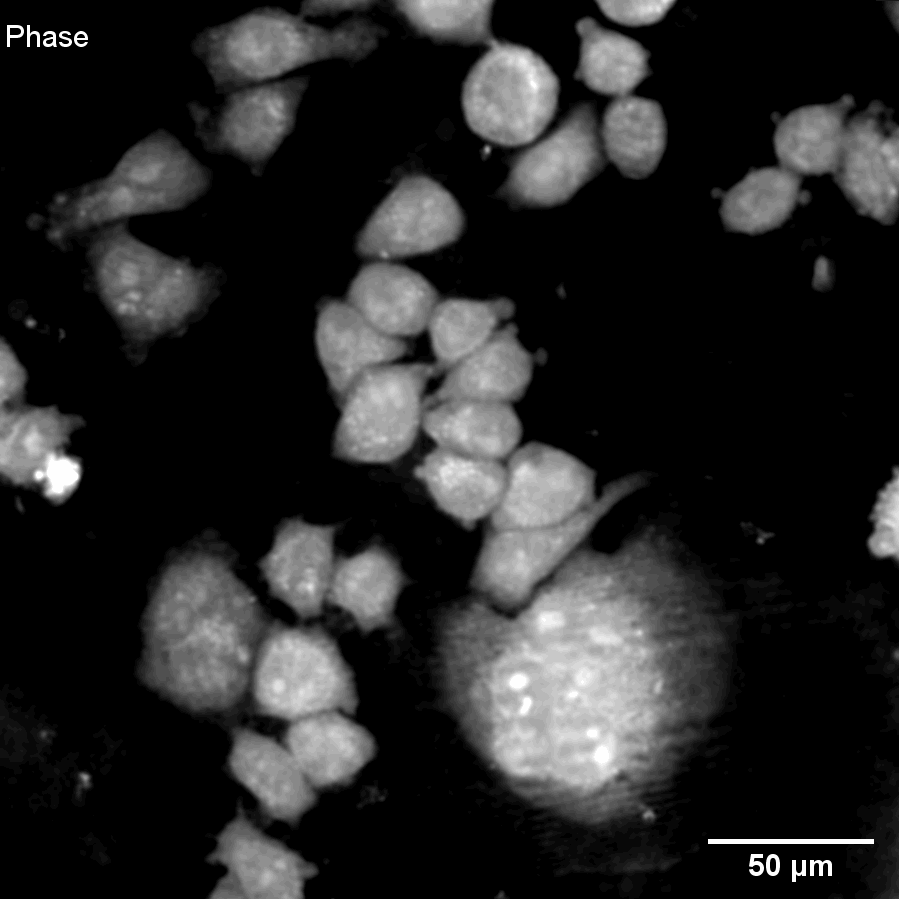
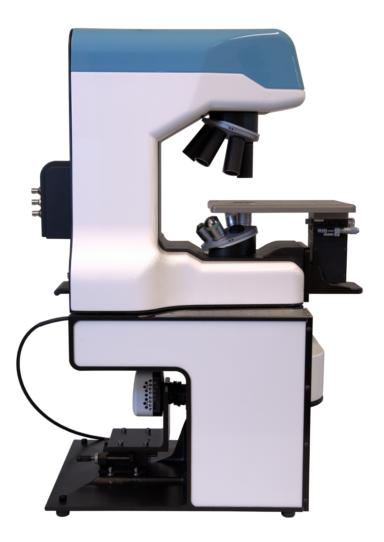
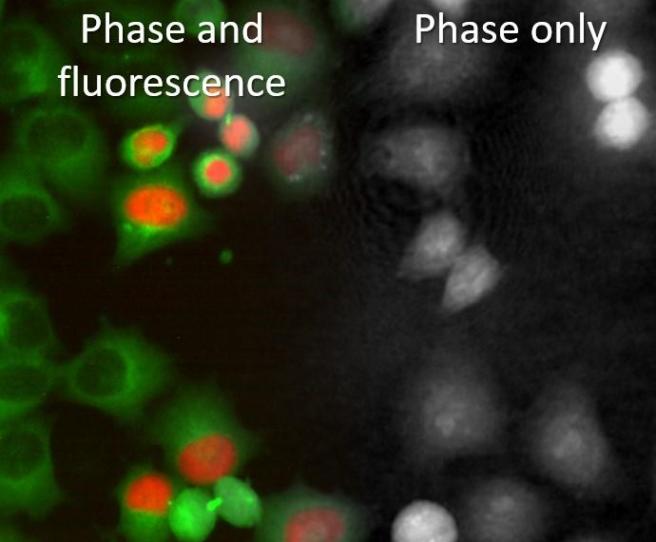
Rescanning confocal module
Three modalities in a single instrument: QPM by DHM®, Epifluorescence, and confocal scanning!
A new multi-modality level has been reached with the DHM-T1000-Fluo-Confocal delivered in November 2019 by Lyncée Tec to Prof WANG Gang from Department of Water and Soil Sciences at China Agriculture University in Beijing. This unique system provides the most comprehensive bio-imaging information by combining three modalities: (1) Quantitative Phase Measurement (QPM) by DHM®, (2) epifluorescence measurements, and (3) a super-resolution rescan confocal microscope (RCM) module by our partner confocal.nl.
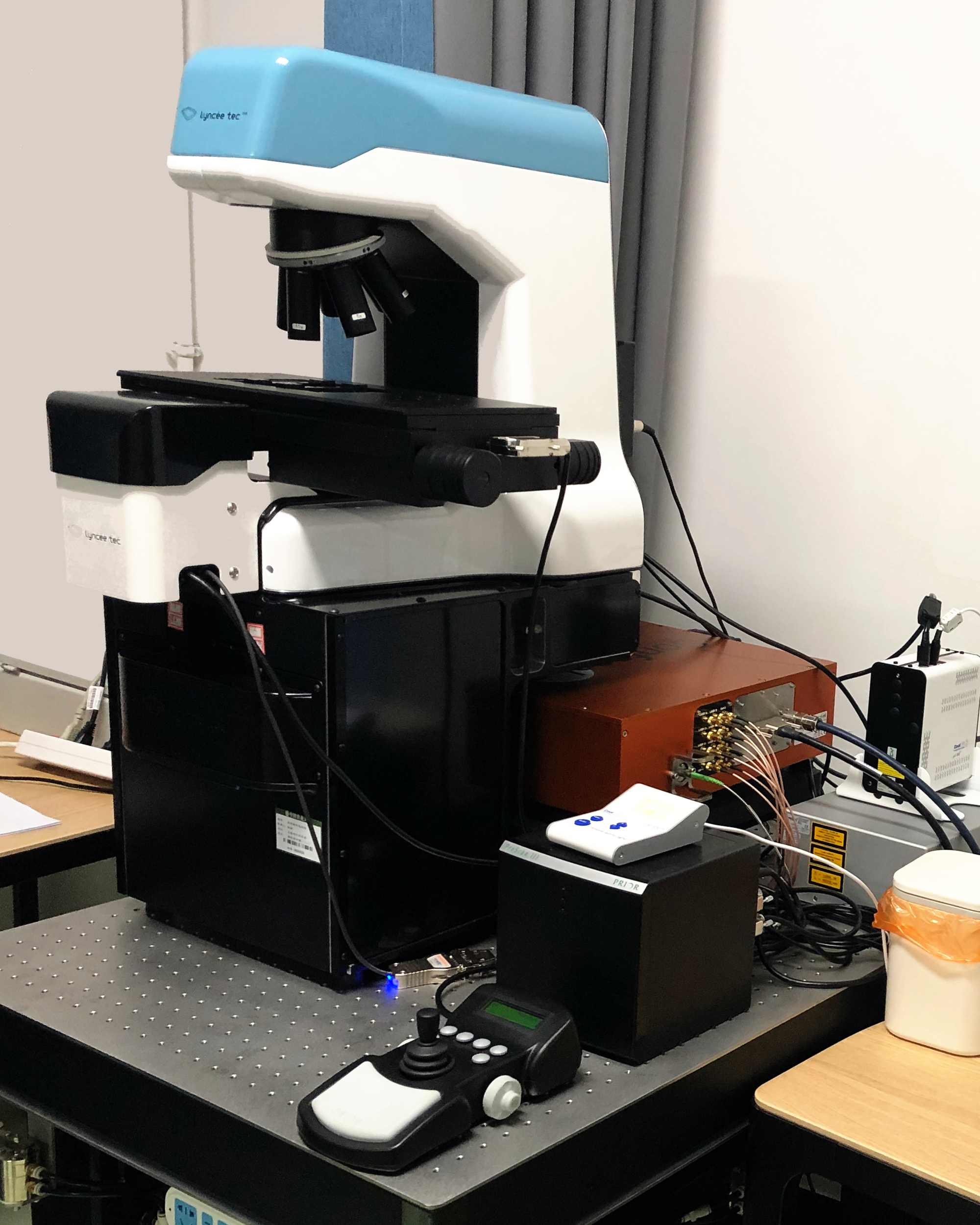
Lyncée Tec is a professional team who developed a fully customized solution including both software and optical setup for our needs. This unique system enables us to obtain live 3D measurements as well as fluorescence and confocal scanning. I have no doubt that such a successful collaboration brings new perspectives to boost our results, and more importantly contributes a novel and powerful tool for our research field. In addition, what inspired us is the willingness of the Lyncée team to continuously collaborate on challenging improvements for our tailored application.
